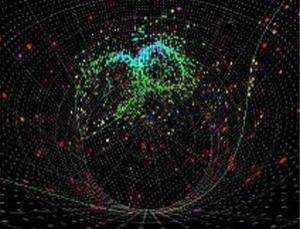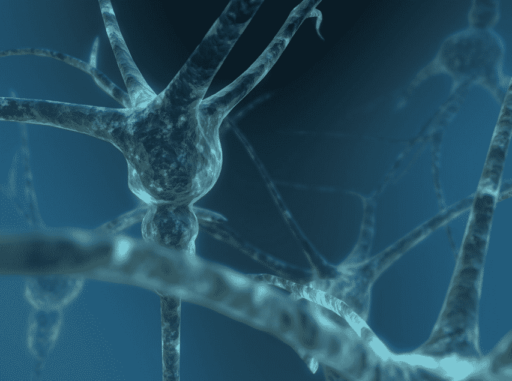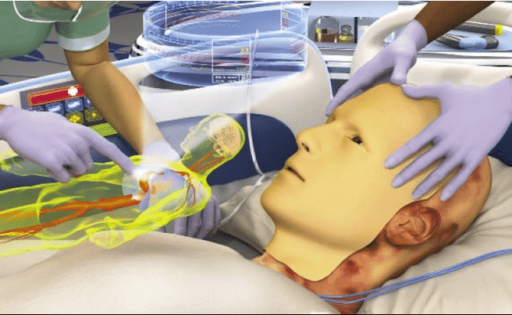Neutrinos are elementary particles that often travel close to the speed of light, are electrically neutral, and are able to pass through ordinary matter almost undisturbed and are thus extremely difficult to detect. Neutrinos have a minuscule, but nonzero mass.
This intrepid subatomic particle has travelled through the bedrock of Japan and triggered a detector on the other side of the country, heralding a new attempt to probe the mystery of neutrino oscillations. The result could take us closer to answering one very big question – why is the universe full of matter?

In the “T2K” (Tokai-to-Kamioka) experiment, an intense beam of neutrinos is being generated in a particle accelerator near Tokai village north of Tokyo, and aimed at the Super-Kamiokande neutrino detector 300 kilometres away.
Neutrinos interact only reluctantly with matter, but from time to time one of the trillions in the beam will be lucky enough to hit an atomic nucleus inside Super-Kamiokande, and so create a distinctive flash of light.
The goal is to understand a strange kind of subatomic metamorphosis. These particles come in three types or flavours: electron, muon and tau neutrinos. From earlier experiments, physicists know that neutrinos spontaneously change their flavour, oscillating back and forth from one kind to another. But the details are still hazy.

With T2K they are hoping to fill in some of the blanks. “We will be able to look for the appearance of electron neutrinos in a muon neutrino beam much more sensitively than has been done before,” says David Wark of Imperial College, London. “It is ten times as sensitive as previous experiments.”
This could shed some light on why we exist. “The known laws of physics should lead to roughly the same quantity of matter and antimatter in the universe,” says Wark.
But because matter and antimatter destroy one another, that would have led to a cosmos full of radiation and almost no solid stuff. Instead matter somehow predominated. “That tells us there must be a law of physics that is different for matter and antimatter,” Wark told New Scientist. “We don’t know what it is, but neutrino oscillations are someplace where it might show up.”
To test the idea, researchers will first measure what fraction of muon neutrinos in the T2K beam turn into electron neutrinos. Then T2K and other experiments could compare neutrinos and antineutrinos, to finally find out why the cosmos is so biased against antimatter.


